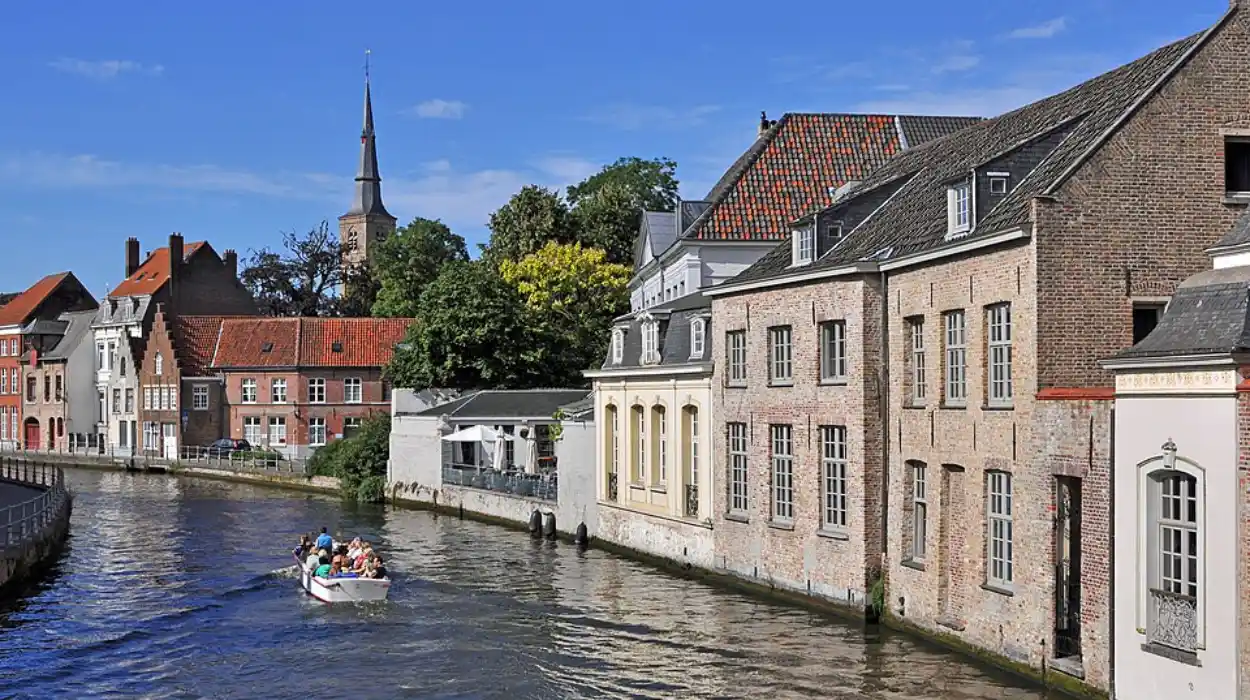
Bruges (Brussels Morning Newspaper) – The city of Bruges has taken extra measures to protect 70 swans from toxic blue-green algae in Coupure, Groenerei, and Sint-Annarei canals. Alderman Franky Demon urges safe feed; a floating dam and weekly water tests ensure their safety.
As VRT News reported, the city of Bruges has taken extra measures to protect swans in the canals from the threat of blue-green algae. This algae, also called cyanobacteria, is dangerous for both people and animals. While many parts of Bruges have clean water, some canals now have high levels of the toxic algae.
Authorities at Wijngaardplein have taken action to protect around 70 swans. The local fire department built a floating dam to stop the birds from swimming towards the Groenerei and Coupure canals, where the algae is most concentrated. Because swans from Wijngaardplein sometimes move in that direction, city officials moved them to the Beginhof for the last 2 weeks to keep them safe from harmful waters.
What is Bruges doing to protect 70 swans from toxic algae?
The algae are most concentrated in the Coupure, Groenerei, and Sint-Annarei canals. Wijngaardplein’s floating dam keeps the swans contained in secure places where water quality is optimal. The city authorities closely monitor the situation and are prepared to intervene in case the algae infects more areas or becomes more harmful.
“Because a solution for blue-green algae in the short term isn’t easy, we’ve decided to demarcate a safe swimming zone for the swans at Wingaardplein,”
says Alderman Franky Demon (CD&V).
“This does have consequences for the tourist boats. They’ll have to shorten their journey by 50 meters.”
Councillor Demon has warned that swans in Bruges should not be fed bread. He said that bread has too much salt and other toxic materials. It may even take blue-green algae from the water, which might cause the swans to consume lethal doses of the poisonous algae.
The precautions for the swans will last for a month and will be closely monitored and assessed. Bruges gets the newest laboratory results on water quality weekly, enabling officials to modify the precautions if necessary. Authorities continue to watch the situation closely so that the swans can remain in their familiar environment without risk from the blue-green algae.
An incident occurred in Bruges in the summer of 2022. That year, unusually warm weather caused blue-green algae to appear in several canals, including the Groenerei and Coupure. The city had to temporarily relocate swans from affected areas and restrict their access to certain canals to prevent them from ingesting the toxic algae.
Authorities also reminded the public not to feed swans bread and provided safe feed instead. Regular monitoring of water quality and weekly laboratory testing were implemented, just like in the current situation, to ensure the safety of both wildlife and residents.
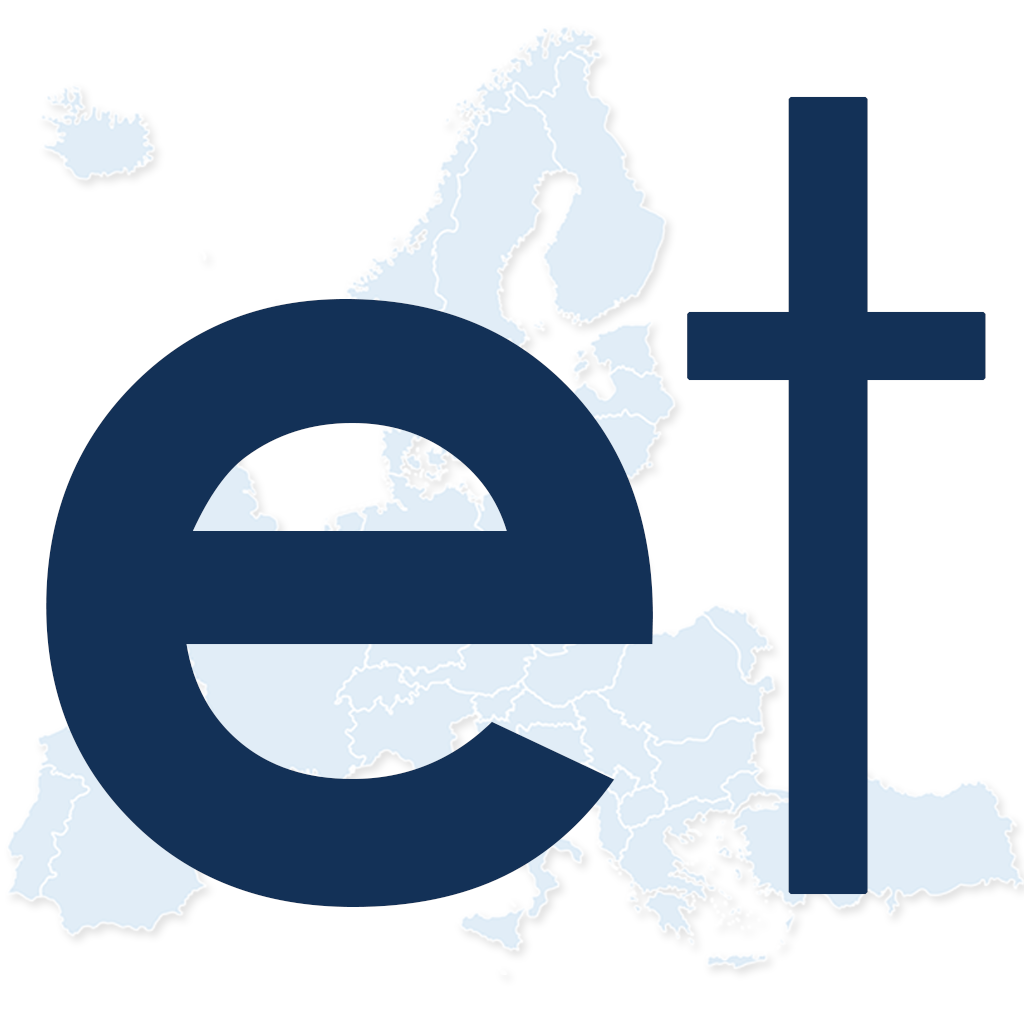






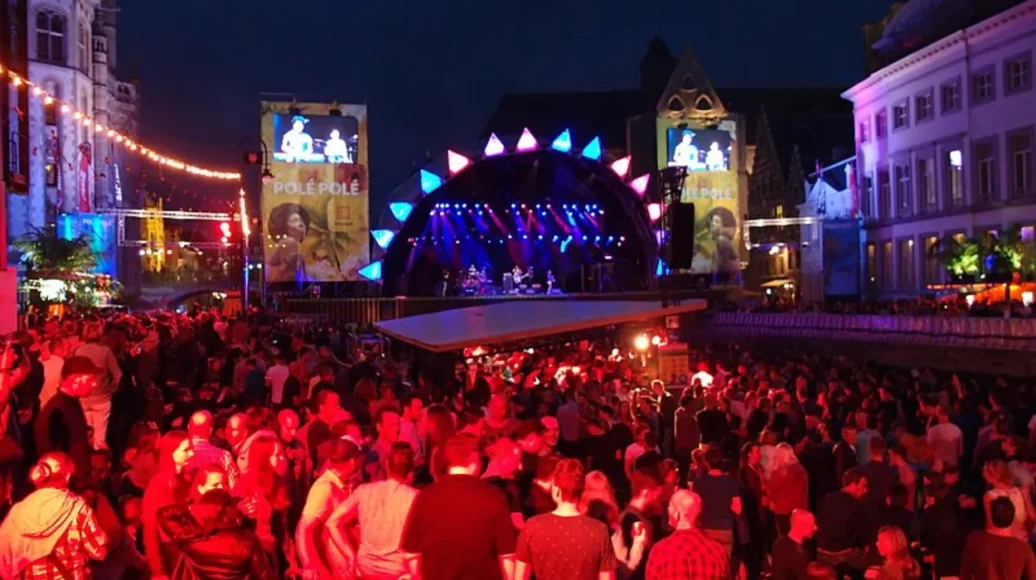
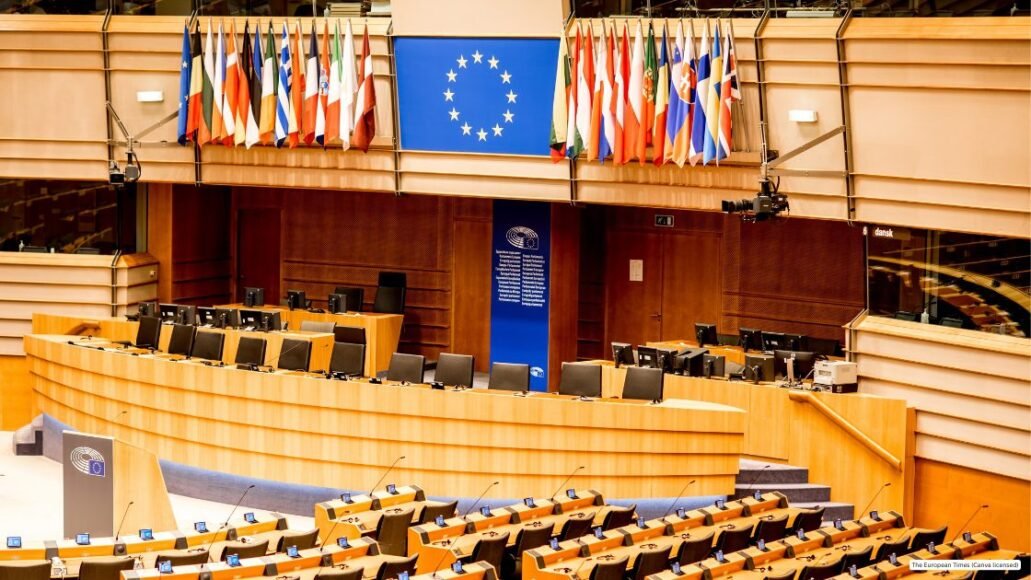


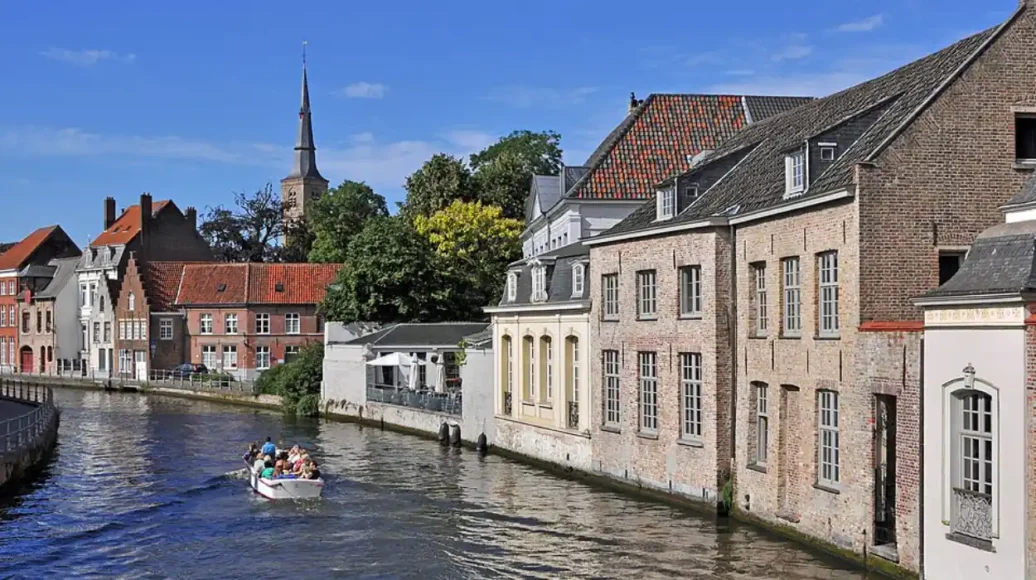
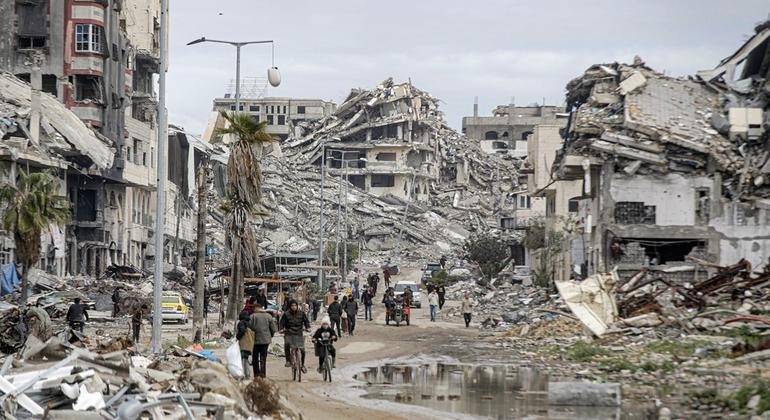
Leave a Reply